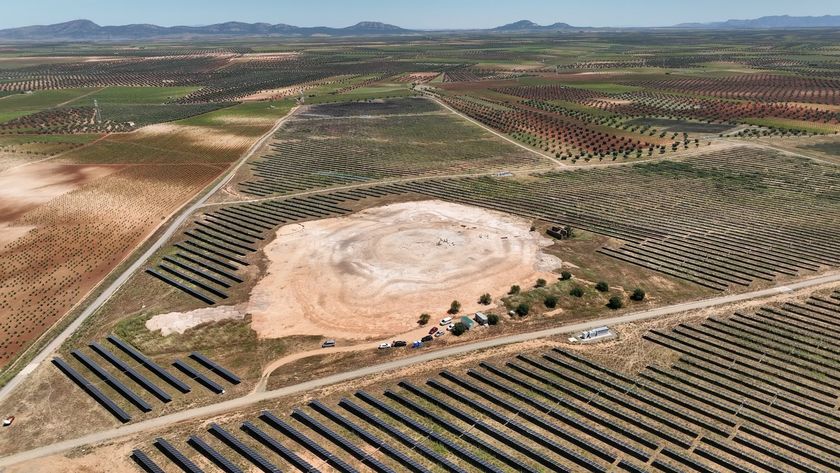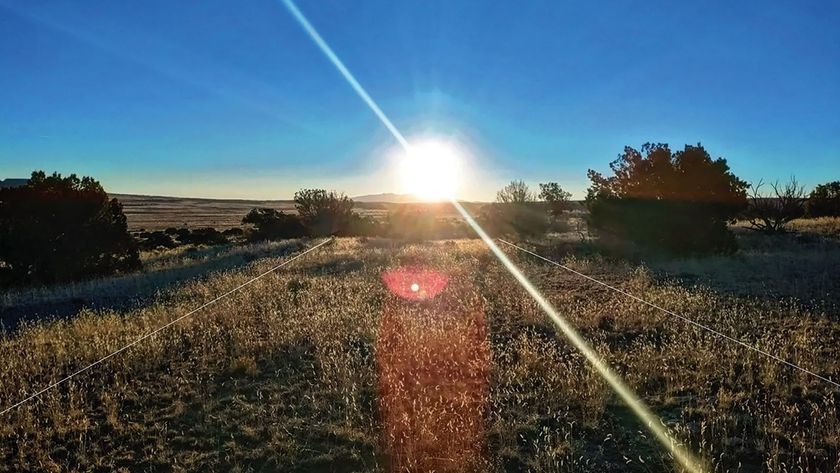Photos: Pueblo Society Chose Rulers Based on Mother's Line
Intro
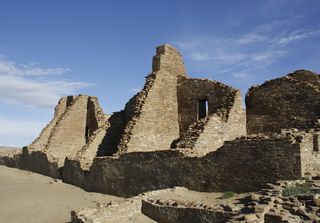
The prehistoric rulers at Chaco Canyon's Pueblo Bonito had their mothers, but not their fathers, to thank for their high positions. That's because elite rulers were chosen based on their mothers' family, making the society a matrilineal one.
Researchers made the discovery by studying the nuclear and mitochondrial DNA of nine individuals buried in an elaborate crypt in Pueblo Bonito, a multilevel settlement built in what is now New Mexico. The results show that a matrilineal dynasty ruled the area from about A.D. 800 to 1130, when the society collapsed.
Read the full story on the prehistoric, matrilineal culture.
Pueblo Bonito
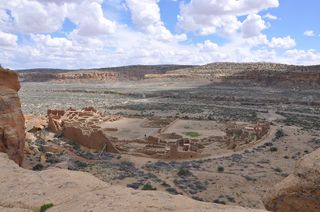
Pueblo Bonito, as seen from the northern rim of Chaco Canyon in New Mexico.
Prehistoric rooms

Room blocks within Pueblo Bonito.
Turquoise and shells
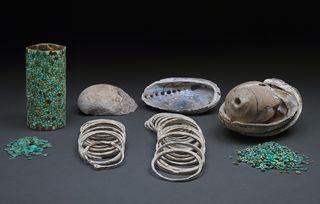
An archaeology team sponsored by the American Museum of Natural History excavated Pueblo Bonito in 1896. Here's a sample of the vast amounts of turquoise and shell artifacts they found in the elaborate crypt there.
Grave goods
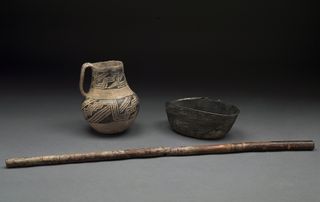
Pottery and a wooden flute found in the graves of the elite individuals at Pueblo Bonito.
Sign up for the Live Science daily newsletter now
Get the world’s most fascinating discoveries delivered straight to your inbox.
Chaco Canyon map
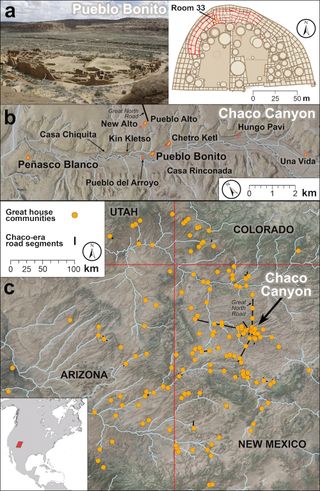
Images and maps of Pueblo Bonito and the surrounding Chacoan sites.
Family tree
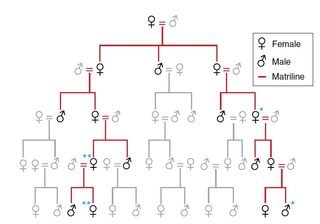
A family tree showing the inferred relationships for the individuals buried in the elite crypt. Matrilineal descent is highlighted in red. The blue shows the grandmother-grandson relationship and the mother-daughter relationship.
Read the full story on the prehistoric, matrilineal culture.

Laura is the archaeology and Life's Little Mysteries editor at Live Science. She also reports on general science, including paleontology. Her work has appeared in The New York Times, Scholastic, Popular Science and Spectrum, a site on autism research. She has won multiple awards from the Society of Professional Journalists and the Washington Newspaper Publishers Association for her reporting at a weekly newspaper near Seattle. Laura holds a bachelor's degree in English literature and psychology from Washington University in St. Louis and a master's degree in science writing from NYU.
Most Popular


